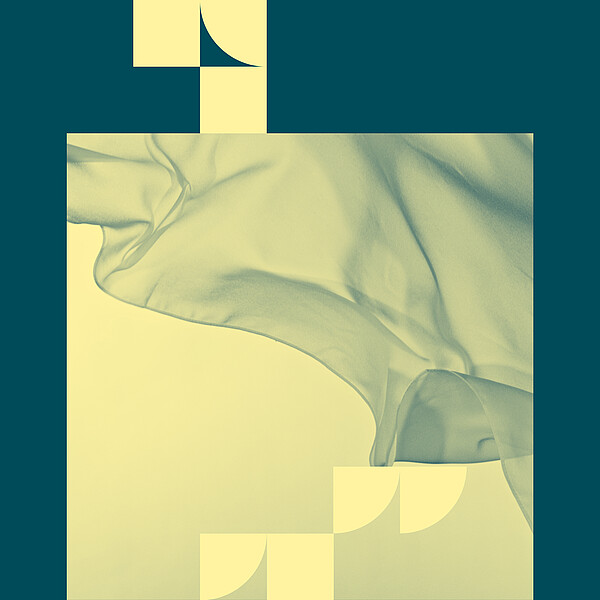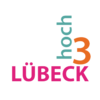VEIL - Esther Buchmüller und Beat Vollenwyder
Summarized by Daniela Zetti
The second VEIL on December 15, 2020 was presented by Esther Buchmüller and Beat Vollenwyder, both working for the Swiss Federal Railways SBB. The Swiss railroad system comprises 798 stations, around 7000 coaches, 32,535 employees and 1.32 million customers (before COVID-19). “Public transportation is very well integrated in people´s life”, Buchmüller said. She is the Product Owner of an App called “SBB inclusive” and a specialist for strategy and innovation with SBB. Vollenwyder is a user experience architect and doctoral student with the Human-Computer Interaction research group at the University of Basel, faculty of psychology.
Buchmüller´s and Vollenwyder´s team developed the app “SBB inclusive” for barrier-free customer information in stations and on trains. The app gives autonomy to blind and visually impaired rail passengers. “SBB inclusive” won this year´s prize of the Swiss Association of and for the Blind. It has also won awards in bronze and silver at the Best of Swiss Apps ceremony in 2020.
Structure of the lecture
Buchmüller´s and Vollenwyder´s VEIL presentation covered the legal basis of the development of barrier free information, the functions of the app, its participatory design process, and user feedback.
Some interesting facts from their talk
- Apps are by definition an “alternative solution” for barrier free usage of the Swiss railway systems. In principle, public transport must be usable without mobile devices. But smartphones are widely used by people with visual impairments. The team´s goal: to create comparable travel experiences for all travelers.
- The “SBB inclusive” team scanned stations and trains for barriers and understood these barriers as potential drivers for innovation.
- “Participation speeded up the development process”, Vollenwyder says.
Steps that led to the “SBB Inclusive” app
- Their vision: blind and visually impaired passengers can use public transport autonomously. They should be provided with a “control view” when arriving at a train or station: “Is it really the right platform? Is it really my train”?
- The team collected travel experiences and combined them to “user journeys” that showed potential information gaps in all phases of a journey.
- First prototypes of the app were built in hackathons. Core technical functionalities of the app are: use of GPS data in order to provide information on stations; use of Bluetooth beacons to provide information on trains.
- During a phase of testing (exemplary journeys) the team learned what kind of interfaces worked and what did not work. An important improvement after that phase: the main information for each journey always stays at the same place of the display. There is no need to browse in order to get there.
- For the final design evolution the SBB team worked out a basic html prototype: users tested the app on their own smartphones by using a website that simulated the app. During the development phase users were able to upgrade the app and to write feedback experiences to the development team.
Their conclusion
- “Testing in the real context is essential.”
- “You always need feedback from real users.” It is not possible to replace feedback even if you are experienced because “it´s just not the same thing if you use these technologies every day and need to rely on them”.
- “Use such projects to foster awareness and knowledge at all organizational levels.”
- “Step into the user´s shoes.”
More information about the app
You can download the app https://www.sbb.ch/de/fahrplan/mobile-fahrplaene/sbb-inclusive.html. Yet, you can test and use the app only “live”: within a Swiss station or train.





